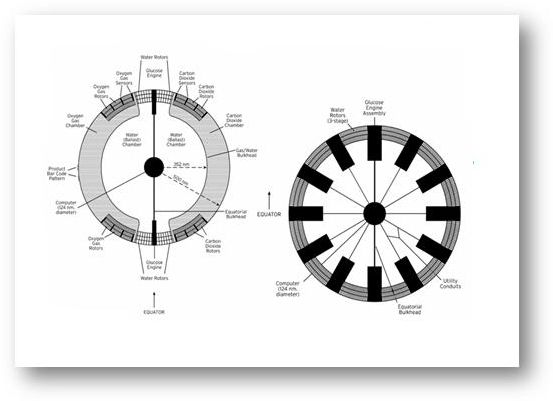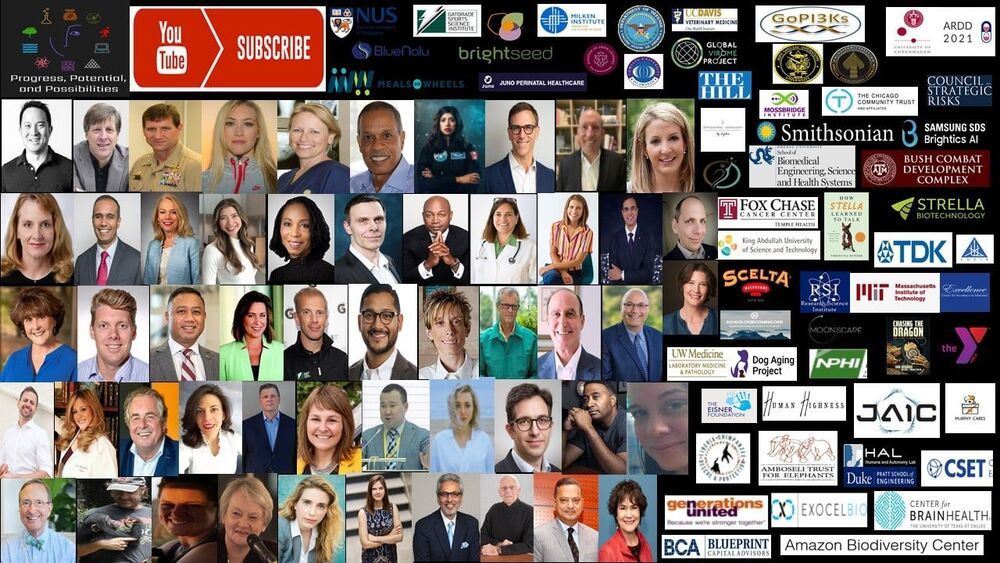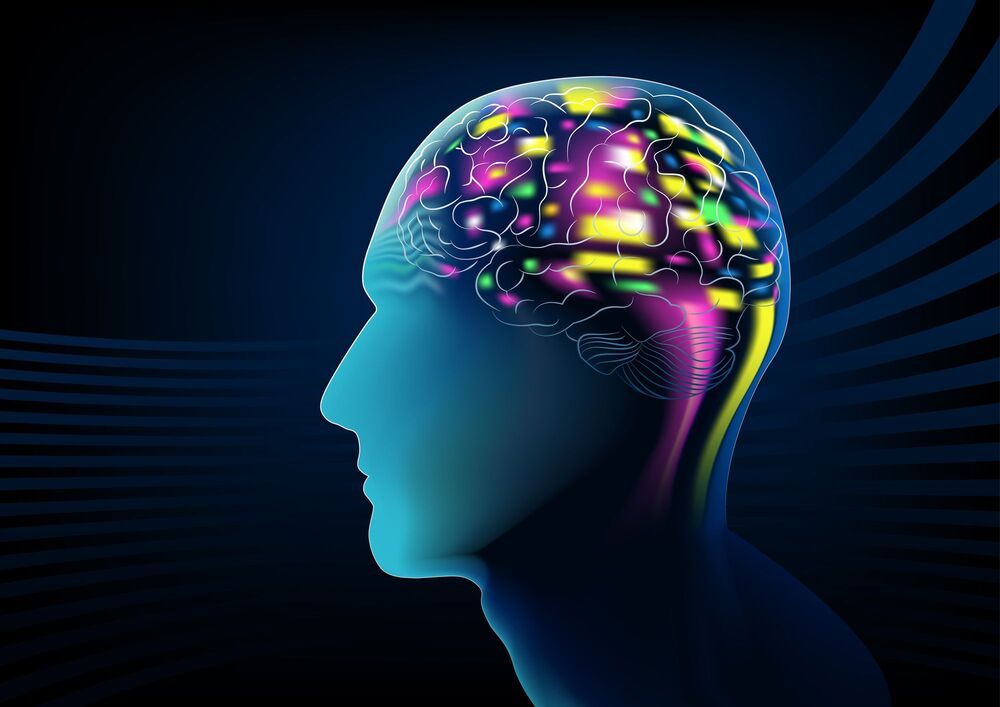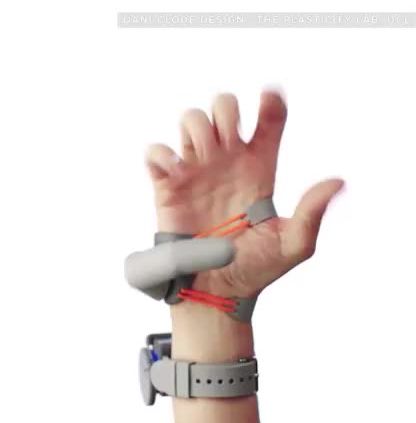COVID-19 was linked to brain tissue loss in a U.K. brain imaging study, according to early findings published June 15 in the preprint server medRxiv.
The study involved 782 participants, with researchers comparing brain scans from before and after COVID-19 infection. Researchers pulled data from the U.K. Biobank, which scanned more than 40000 participants before the pandemic hit the region, allowing them to invite participants back for a second imaging visit.
Findings showed tissue loss in certain parts of the brain.








